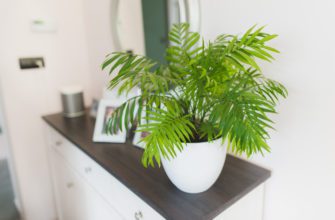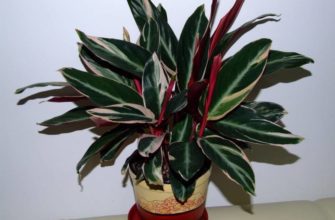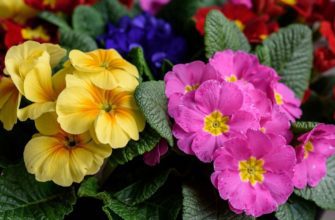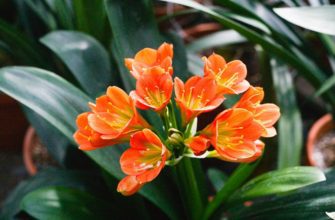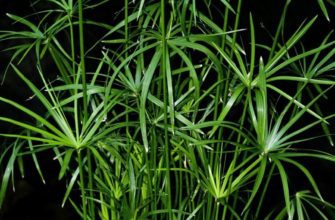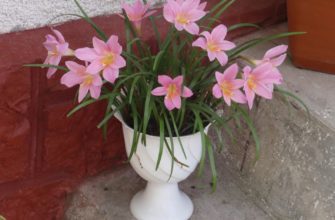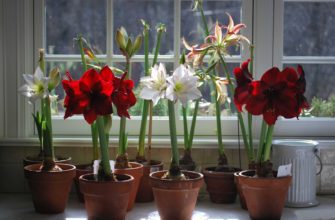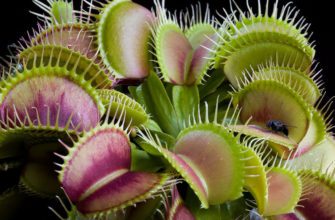You most likely won't find ready-made soils for anthurium in stores. Very few manufacturers make them. You can't plant anthurium in regular soil. Pay attention to the natural conditions in which it grows. Anthuriums belong to semi-epiphytes, they practically do not need soil. They grow in tropical forests on a bed of fallen leaves and bark. As you understand, it is very loose and perfectly passes air to the roots. Therefore, you will have to take the time and make the right soil for anthurium. Let's consider several recipes for how to make soil for anthurium with your own hands.

The first recipe for the right soil for anthurium.
You can easily buy almost all the components at any garden or flower shop. They are not expensive. You will need:
- soil for cacti or succulents (you can also use soil for aroid plants)
- pine bark
- mix everything in a one to one ratio



As a result, we get the simplest, but very accessible soil for anthurium. It is better to buy ready-made bark. If you decide to collect the bark yourself in the forest, then choose only pine. The bark cannot be added to the soil immediately. Before this, you will have to boil it in water for at least 10 hours. Then the bark should be dried. After this, the bark can be added to the soil. After boiling, the bark will absorb moisture much better and give it to the roots for a longer time. Purchased bark is already ready, boiled. Therefore, it is much easier to work with it.

Second recipe
Add perlite and pine needles as a leavening agent to the soil and pine bark. You will have to collect the needles in the forest yourself, since they are usually not sold. The needles must be dry.

Attention! If you collect fresh, green needles, you will need to listen to them.
The needles are good at acidifying the soil, which is what anthurium needs. The proportions are as follows:
- 4 parts soil
- 3 parts pine bark
- 2 parts perlite
- 1 part pine needles
You can measure out the parts with anything you like.


Third recipe
This recipe is based on coconut briquettes. Briquettes can be bought in garden stores. I recommend choosing briquettes with the addition of coconut chips. Coconut is good for its looseness and air permeability.
Please note that the coconut must be washed before use.

To do this, you need to break off small pieces of bark and rinse them thoroughly in water. After washing, the coke is squeezed out and can be used.
The recipe for the best soil for anthurium is as follows:
- 3 parts coconut
- 3 parts agroperlite
- 1 part charcoal pieces 1.5 cm in size
- 3 parts soil
Everything needs to be mixed, and the soil is ready.

These are 3 basic soil options that you can prepare yourself. There are different variations, but this is the lot of people who have been growing anthuriums for a long time and clearly understand how different additives work. If you are not a professional, then use the specified recipes, observing the proportions.
Composition of universal soil for anthurium
The composition of the optimal soil for anthurium is presented in the table
| Component | Content |
| Peat | 4 parts |
| Coniferous wood chips | 3 Parts |
| Agroperlite | Part 1 |
| Sand | Part 1 |
| Acidity | pH from 5 to 6 |
Is it possible to plant anthuriums in ready-made purchased soil for orchids?
Anthuriums can be planted in soil for orchids. In this case, nothing additional needs to be added if it is with soil. If the soil is soilless, then you will need to add soil for cacti or succulents, or aroids and azaleas. Proportions:
- 6 parts ready-made substrate for orchids
- 4 parts soil
Now you can prepare the soil for anthurium yourself


Read also: How to choose soil for ficus?
How to choose a pot for anthurium
Choose a pot for replanting anthurium taking into account the size of the anthurium root system. It should not exceed 2-3 cm in diameter of the root system.
Important! Never plant anthurium immediately in a large pot for growth. This can cause problems with root rot.
Expanded clay should be poured into the bottom of the pot as drainage. Anthurium roots like to breathe from all sides.
Interesting: Fertilizers for the growth and flowering of indoor plants and flowers

